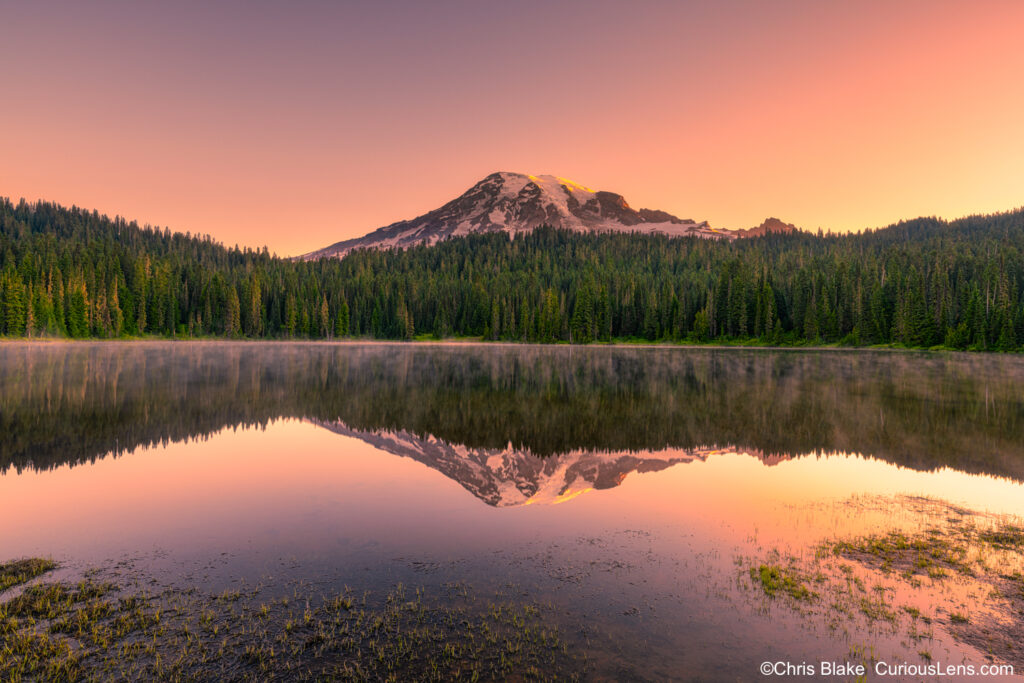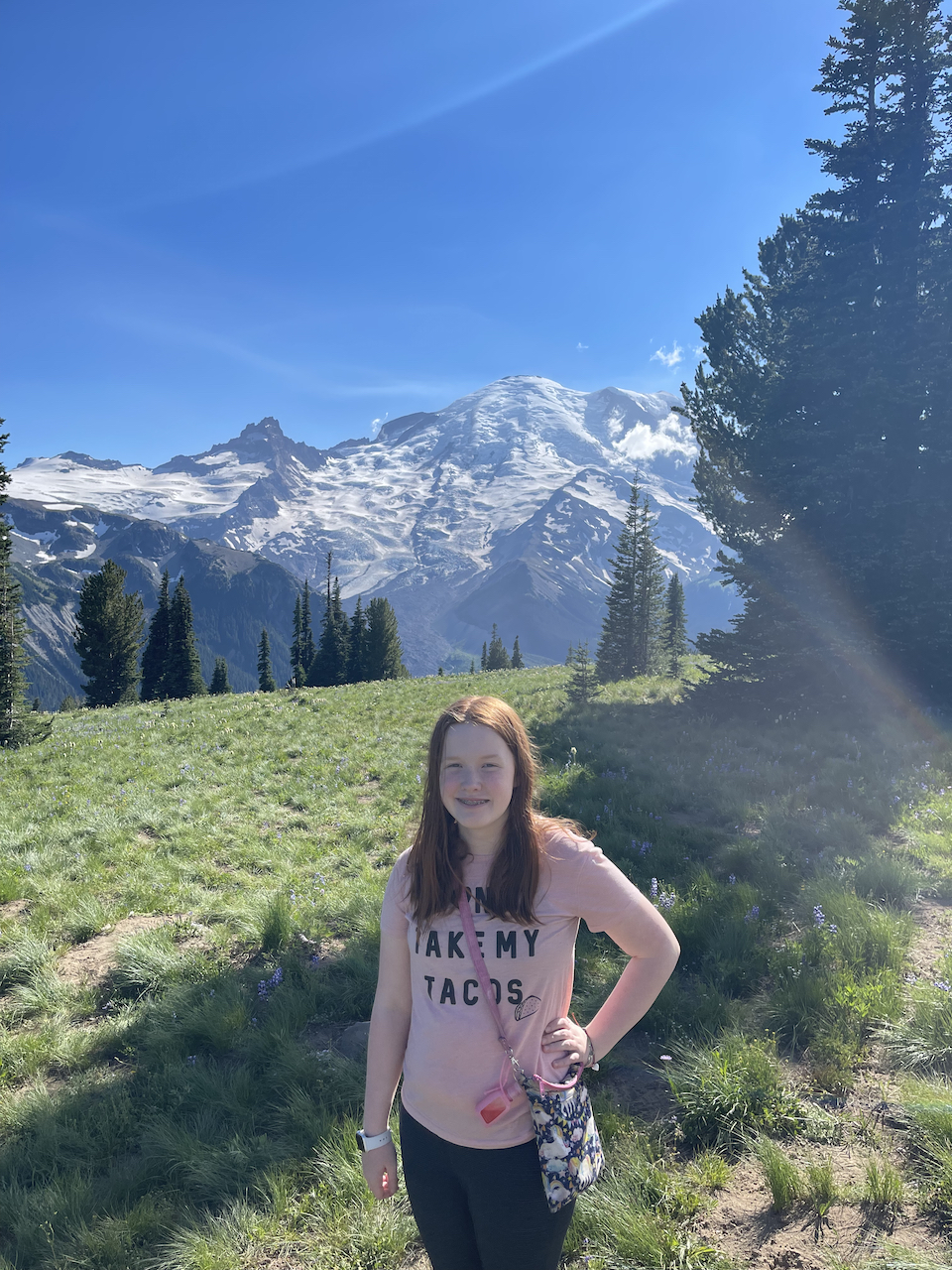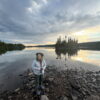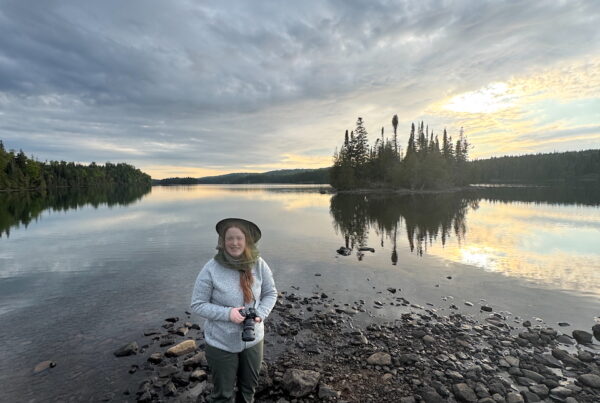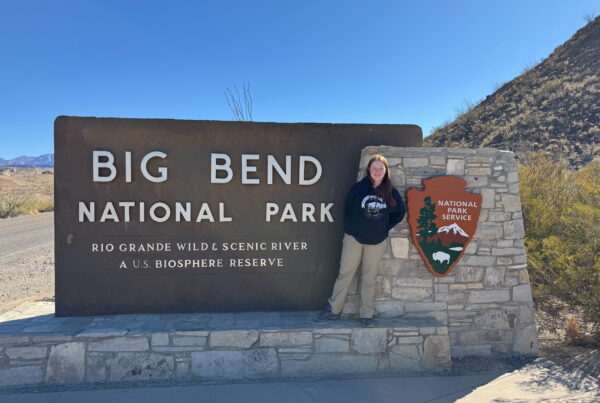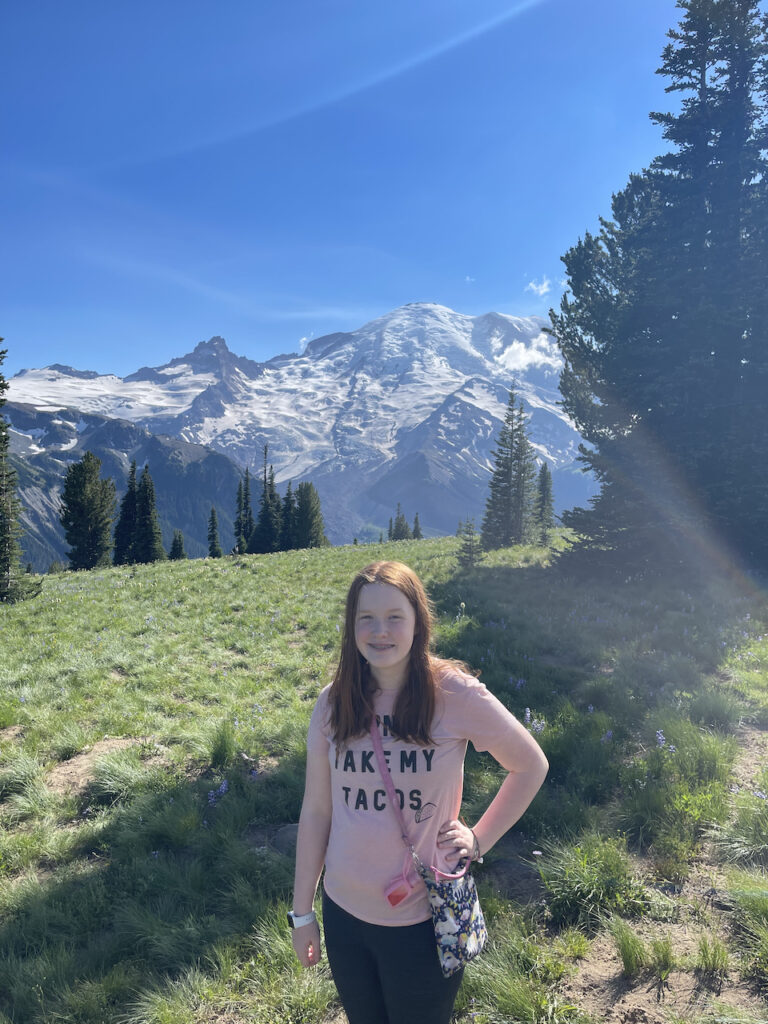
Mount Rainier, known for its distinct sections, has Paradise as its most bustling and largest hub. Nestled on the southern slopes, Paradise features a vast visitor center, accommodations, a ranger station, and other attractions, making it a preferred starting point for those eager to explore the mountain’s trails. In contrast, the Sunrise area offers breathtaking views from its parking spots and numerous trailheads, making it a must-visit for stunning mountain vistas.
We opted to stay outside the park on the southwestern side, near the town of Ashford—a quaint, albeit small, community conveniently close to Paradise. However, this choice meant enduring long drives of two to three hours to reach the park’s more remote areas each day. Ashford offers a few cozy hotels and restaurants, but visitors should be prepared for limited shopping options for anything beyond basic supplies and early closures in the evening.
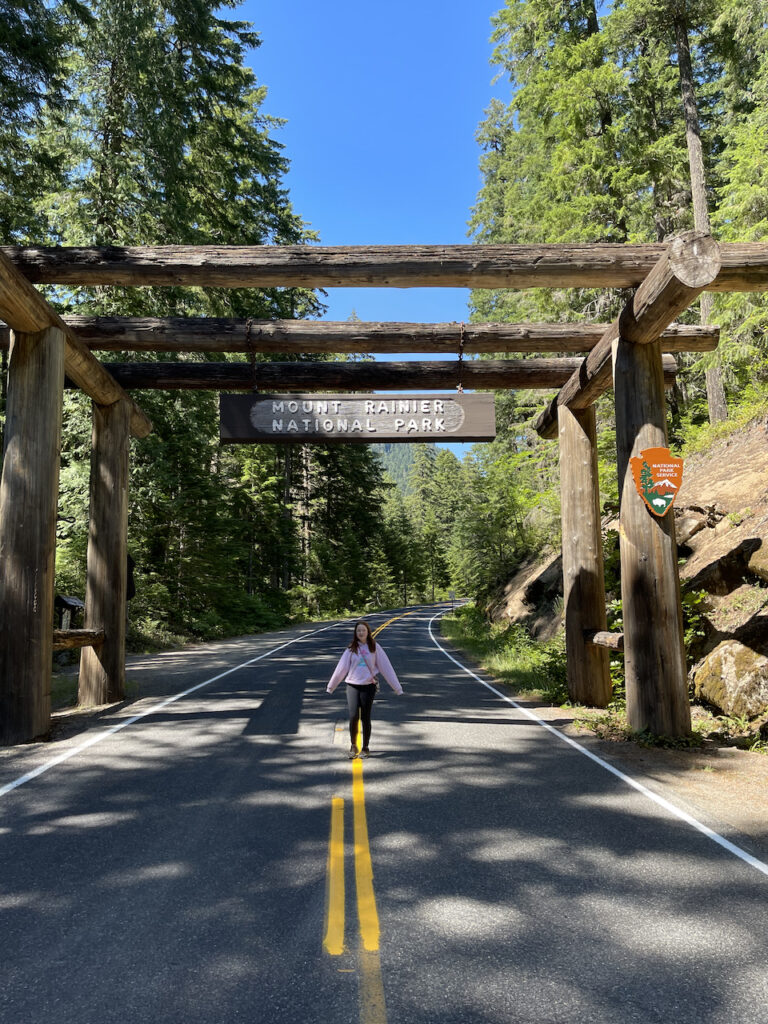
Mount Rainier itself is a prominent active stratovolcano within the Cascade Range, approximately 59 miles southeast of Seattle. Standing at 14,411 feet, it is the highest peak in the range and visible from Seattle on clear days. The mountain poses significant geological risks, harboring 29 named glaciers that, along with its volcanic nature, could result in catastrophic eruptions, potentially affecting 80,000 people. The history of human activity around Mount Rainier dates back at least 8,500 years, with Native Americans historically utilizing the rich natural resources of the area.
The area’s preservation efforts were significantly influenced by John Muir, who climbed Rainier in 1888. His advocacy helped establish the region as part of the Pacific Forest Reserve in 1893, and it was designated as Mount Rainier National Park by President William McKinley in 1899, emphasizing conservation and public enjoyment.
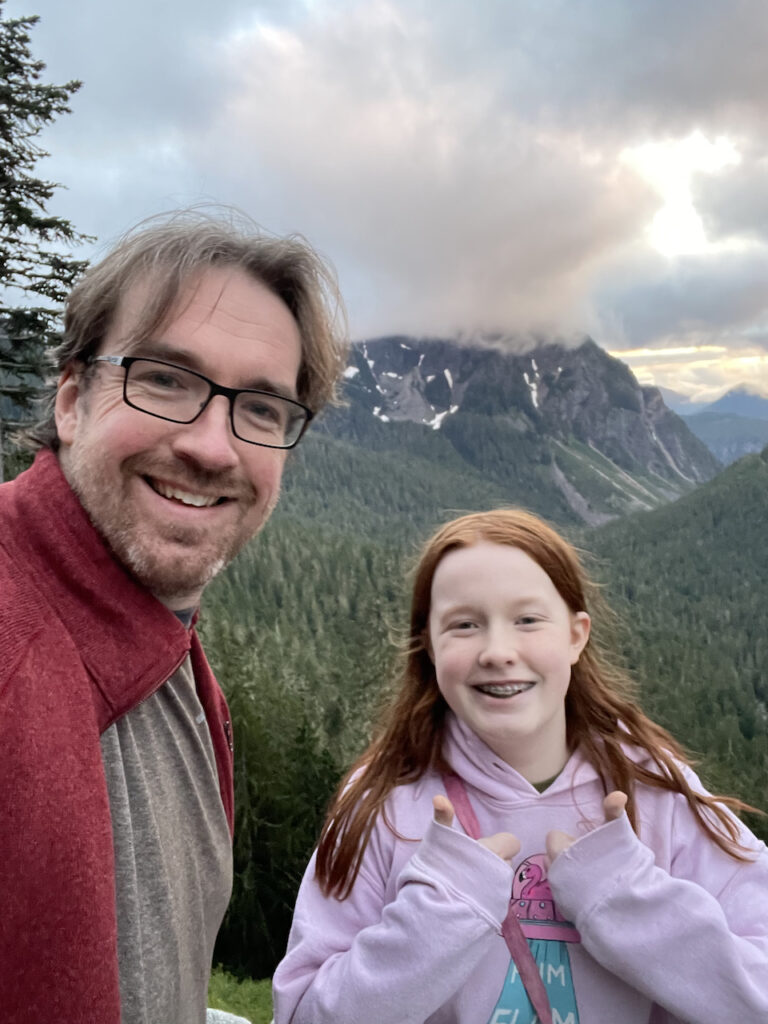
During our visit, we noticed that proximity to Seattle can make the park quite crowded in summer. We learned that arriving early—before dawn—helps avoid the crowds, which swell quickly once the sun rises.
Our three-day adventure began with challenging weather, as clouds obscured the mountain initially. We visited the Longmire area, known for its historical spa and hotel since 1883, offering a glimpse into the early European settlement. Despite the obscured views at Paradise, we enjoyed hiking at the Grove of the Patriarchs, where towering old-growth Douglas-firs command awe with their massive girth and height.
Our exploration continued to Sunrise, the highest drivable point in the park, offering panoramic views and vibrant wildflower meadows. Despite a promising start at Tipsoo Lake for sunset, clouds eventually obscured the mountain, illustrating the unpredictable mountain weather.
Our final day began splendidly with a clear sunrise at Reflection Lake, followed by a visit to Paradise to collect a park passport stamp—a popular activity among visitors. Notably, parking challenges at Paradise highlighted the importance of early arrival during peak season.
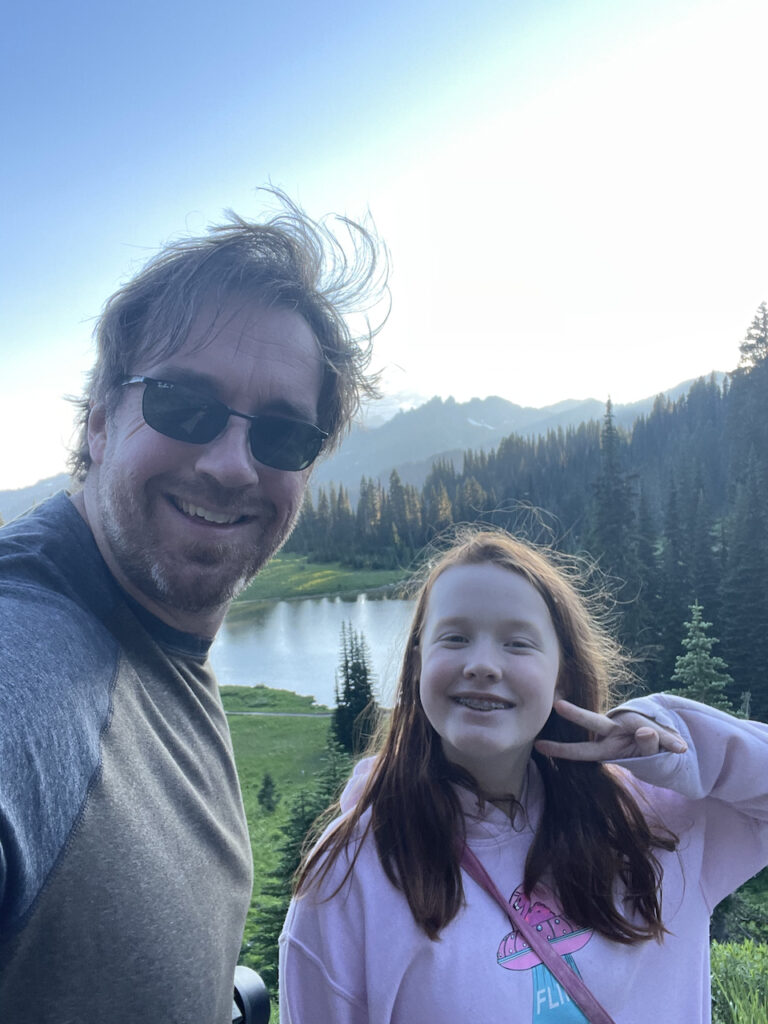
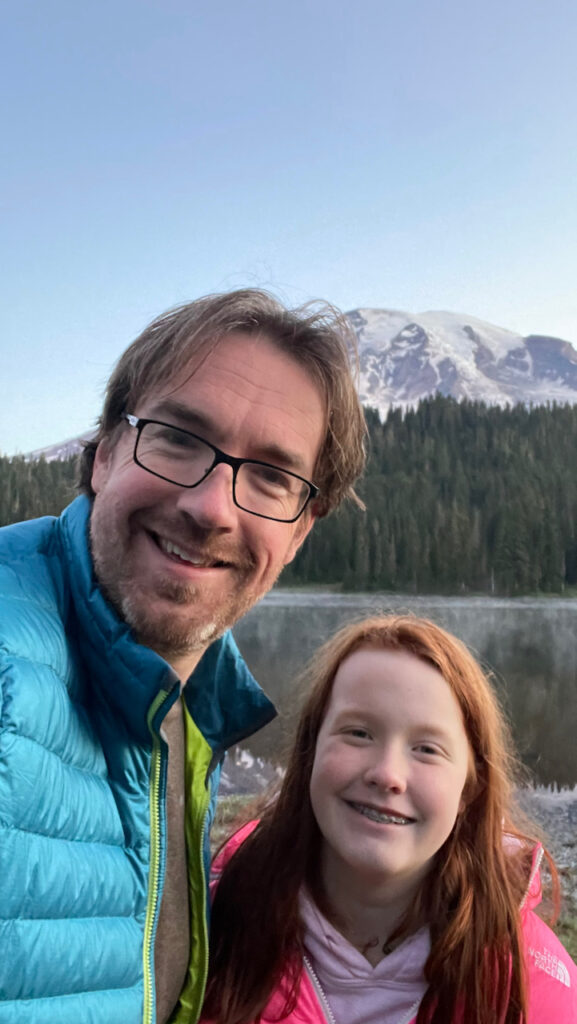
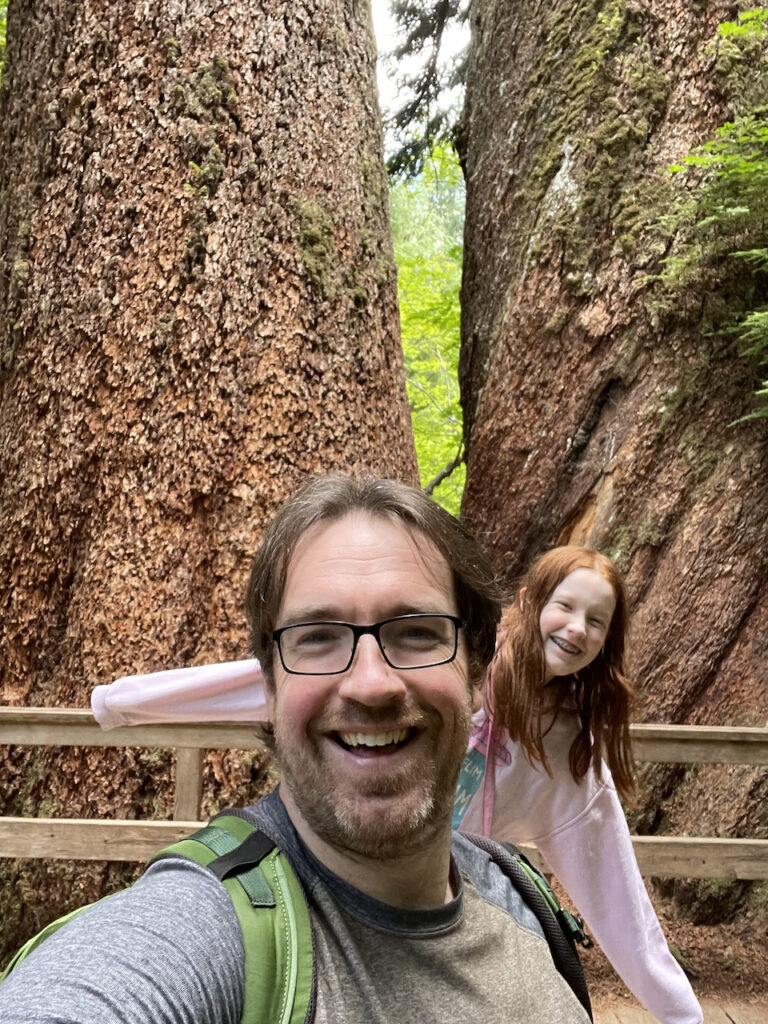
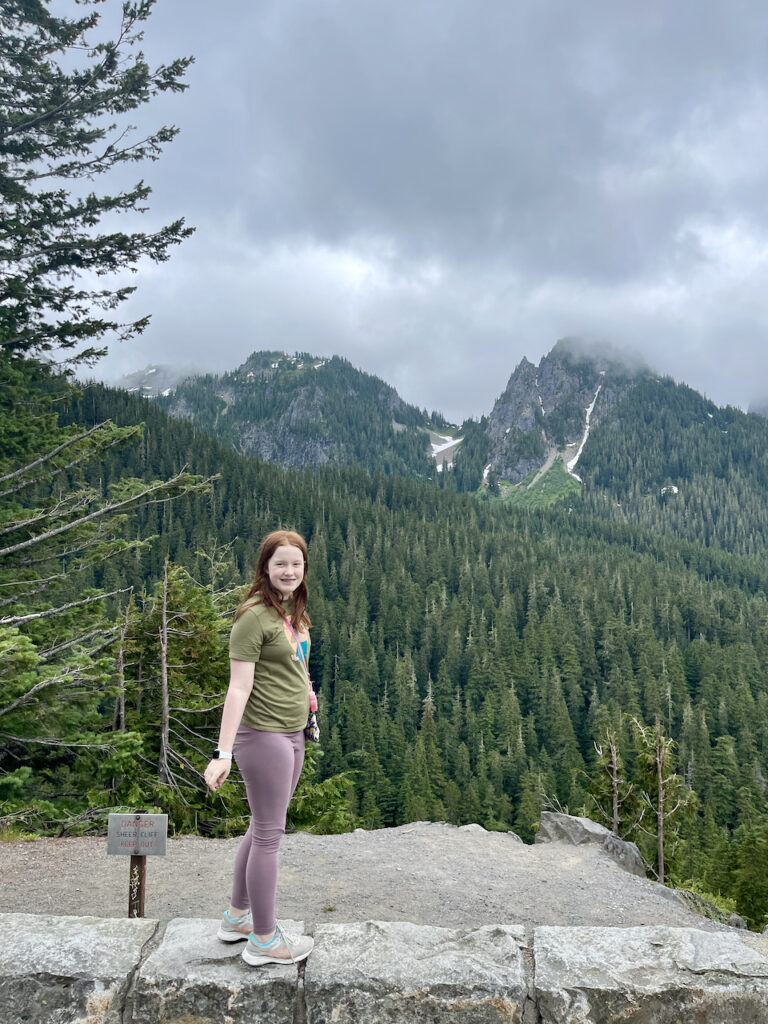
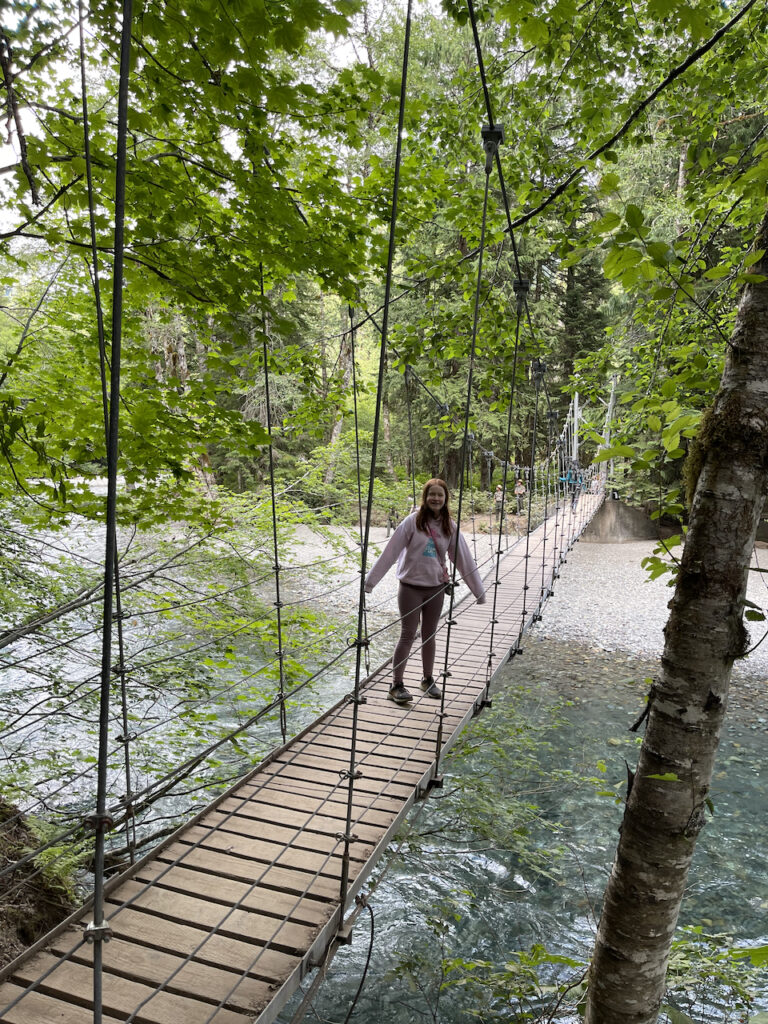
We stayed at the Alexander Lodge, a unique 115-year-old mansion with distinctive rooms and steep staircases, providing a charming yet unconventional lodging experience.
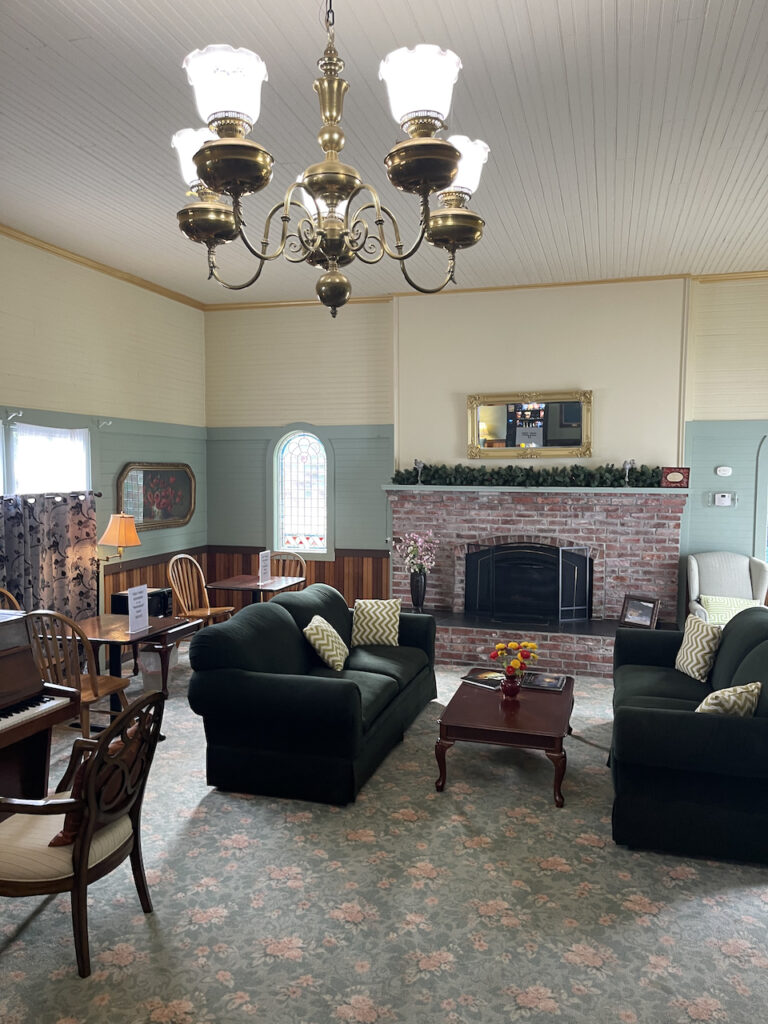
After our enriching time at Rainier, we continued our journey to North Cascades National Park, ready for more natural wonders. This transition from the historic and rugged landscapes of Rainier to the alpine beauty of the North Cascades marked another chapter in our exploration of America’s vast and varied national parks.
